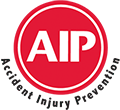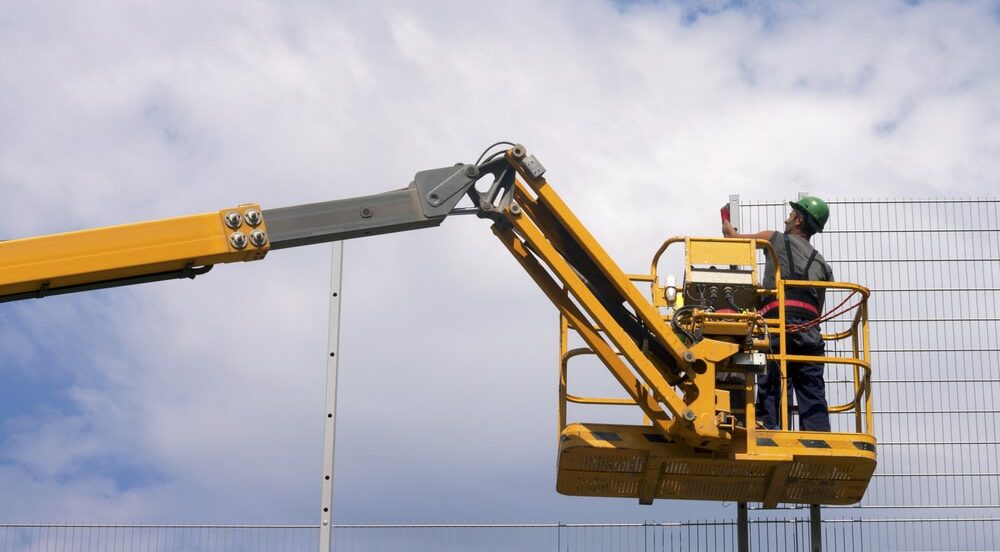Mobile Elevating Work Platforms (MEWPs) have revolutionized how we approach tasks at height, providing increased efficiency and flexibility. An aerial work platform, also known as an aerial device, elevating work platform, or mobile elevating work platform (MEWP), is a mechanical device that provides temporary access to inaccessible areas, typically at heights. There are various mechanized access platforms; some also referred to as "cherry pickers." It is crucial to prioritize safety when operating these powerful machines.
As per the OH&S Code of Alberta, workers are legally required to receive mobile elevated work platform training and certification before they can work with the equipment.
What’s Included in MEWP Training
AIP Safety is conducting the ESC Mobile Elevated Work Platform course on behalf of Energy Safety Canada Ltd, and the training certification is administered by Energy Safety Canada. In order to successfully complete this training, participants must possess a valid ESC Fall Protection certificate.
Individuals required to utilize fall protection equipment must undergo training to ensure they are competent in its correct usage, care, and maintenance. These platforms are commonly employed for temporary and flexible access in maintenance, construction, or emergencies, distinguishing them from permanent access equipment like elevators. They are designed to lift limited weights, usually under a ton, although some models have a higher safe working load (SWL). Most aerial work platforms can be set up and operated by a single person.
Due to the versatility of this equipment, aerial lifts have become extensively used across various industries. However, they pose hazards such as falls, contact with live wires, tipping, and collisions with structures, which can result in worker injuries.
This 8-hour ESC Elevated Work Platform course aims to provide participants with a comprehensive understanding of the hazards, operation, maintenance, and legislative requirements of this type of equipment.
Tips for the Safe Operations of MEWPs
- Obtain Proper Training - Before operating a MEWP, it is essential to receive comprehensive training from a certified provider. Understanding the equipment's functionalities, safety features, and operational procedures will significantly reduce the risk of accidents and injuries.
- Conduct Pre-Operation Inspections - Performing thorough inspections before using a MEWP is critical. Check the machine for any visible damage, ensure all safety systems are operational, and inspect the platform, guardrails, and controls. Report any defects or concerns to your supervisor promptly.
- Plan and Assess the Task - Each job involving a MEWP requires careful planning and risk assessment. Consider factors such as height, ground conditions, overhead obstacles, weather conditions, and the presence of power lines. Identify and address potential hazards before starting the operation.
- Use Personal Protective Equipment (PPE) - Always wear the appropriate PPE for the task at hand. This may include a hard hat, high-visibility clothing, safety harnesses, and non-slip footwear. PPE serves as an extra layer of protection in the event of a fall or other accidents.
- Secure the Work Area - Ensure the work area is well-defined and cordoned off to prevent unauthorized access. Use barriers, cones, or caution tape to establish a safe perimeter. Communicate with co-workers and bystanders to avoid potential risks and distractions.
- Operate within Load Limits - MEWPs have specific load capacity limits indicated by the manufacturer. Do not exceed these limits, as overloading can lead to instability and equipment failure. Consider the combined weight of workers, tools, and materials when calculating the load.
- Safely Maneuver the MEWP - When moving a MEWP, maintain a slow and steady speed, especially during turns or on uneven ground. Avoid sudden movements that may cause instability. Be mindful of overhead obstacles and power lines while maneuvering.
- Use Fall Protection Systems - Whenever working at height, fall protection systems are crucial. Ensure that all workers on the platform are properly harnessed and attached to the anchor points. Familiarize yourself with the equipment's emergency descent procedures in case of a power failure or other emergencies.
- Regularly Maintain and Inspect Equipment - MEWPs require routine maintenance and inspections to remain in optimal working condition. Follow the manufacturer's guidelines for maintenance schedules and address any issues promptly. Regularly inspect the machine for wear and tear, hydraulic leaks, or malfunctioning safety features.
- Foster a Safety Culture - Promote a culture of safety within your organization by encouraging open communication about safety concerns, conducting regular safety meetings, and recognizing and rewarding safe practices. By prioritizing safety collectively, you can create a work environment that minimizes accidents and maximizes productivity.
Register For Mobile Elevated Work Platform Training
Invest in your professional development and join us at AIP Safety for an informative and practical Mobile Elevated Work Platform Training.
Please note that this course has a prerequisite - participants must have a valid ESC Fall Protection certificate to enroll. This requirement ensures that all attendees understand fall protection measures, setting the stage for a comprehensive and focused training experience.
Take advantage of this opportunity to expand your knowledge, gain the necessary competencies, and earn a valuable certification in MEW operation. Choose a date for the training and book online, or contact us today to secure your spot.

